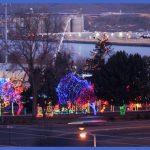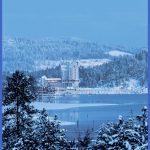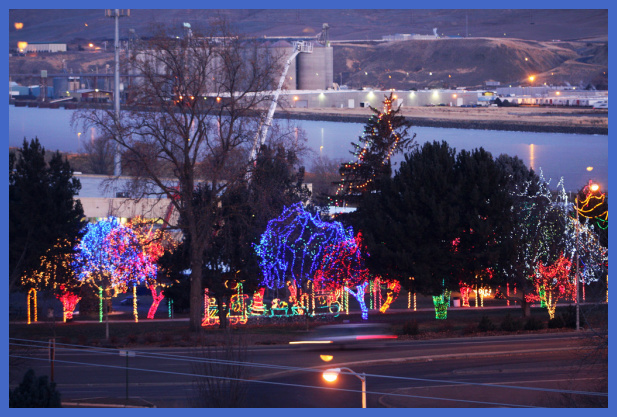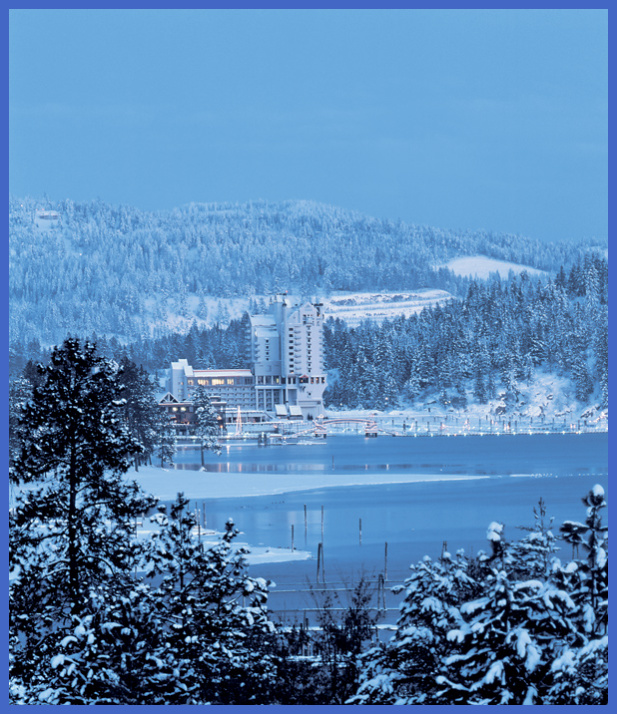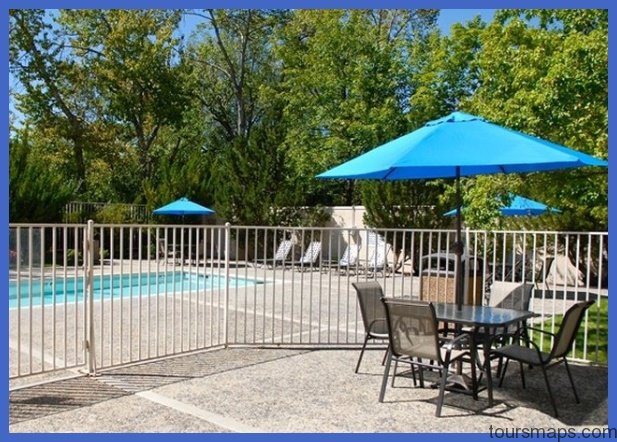Early Origins
Spain had claimed as part of its colonial empire the region that eventually became the state of Idaho. There is, however, little evidence that the Iberian power did anything to control or even explore the region. The first Euro-Americans (the Lewis and Clark Expedition) to set foot in Idaho encountered Spanish-speaking Native Americans who no doubt had picked up the language through trade. Mountain men, including some Spaniards and Mexicans, following in the footsteps of Lewis and Clark, lived off the land as trappers and hunters. Spain ceded its claims to the Idaho territory and the rest of the Pacific Northwest in 1819 in the Adams-Onis Treaty. The few Spanish settlers remaining did not relocate south of the 42nd parallel, the northern limit to Spanish territory. Instead, they formed part of the population that grew with the discovery of gold in the Northwest. Historical accounts after 1819 contain names such as Manuel, one of five merchants in Kootenai, Idaho, and Casildo Robles, owner of a dance hall. With the end of the Mexican-American War in 1848 the United States gained political control of all Mexican territory between the Rio Grande and the 42nd parallel, and with it over 75,000 Mexicans who had made their homes there. For Mexicans on both sides of the border the new boundary line was only a political fabrication and meant little to their ability to come and go. Although the Mexican population of those new U.S. states bordering Mexico grew after the war, Mexicans were slow to move north beyond the 42nd parallel until lured there by economic opportunity.
Opportunity came with the discovery of gold on Orofino Creek in 1860. Other discoveries followed and in 1863 Idaho became a territory independent of the Washington Territory. Almost 15,000 people lived in Idaho when the 1870 census was taken, 60 of them Latinos (including 10 women and 4 children), mostly of Mexican descent. Though not a large group, they played an important role in the region’s economy, bringing with them Mexican traditions of handling horses and livestock. Many of these early Latinos were mule packers, ranchers, and cowboys. A smaller number were miners and laborers, and a few were soldiers in the U.S. Army. They and their children became solid members of Idaho’s pioneer community. Spanish words and Mexican techniques and equipment permeated the cowboy and ranching cultures of southwestern Idaho, eastern Oregon, and northern Nevada. That influence continues to this day.2 Here and there in these early years one catches glimpses of a richer, more diverse culture than it is usually portrayed in the standard accounts of that era. Mexican vaqueros, expert horsemen trained with the lasso, worked the isolated ranches. Skilled Mexican
mule train packers hauled food and supplies into Idaho’s mines high in the mountains. While on campaigns against resisting Native Americans, the U.S. Army occasionally relied on them to supply its troops with necessities.
Mexicans dominated the mule packing trade, making themselves an indispensable economic asset. Their traditions and Spanish vocabulary suffused the business. According to the 1880 census several Mexican mule packers lived in Lewiston, while others called Boise home, including Idaho’s premier muleteer Jesus Urquides. Known as the fast little packer, Urquides was born in Sonora, Mexico, in 1833 and, like so many other Sonorenses, migrated to the California gold fields during the 1849 gold rush. Having little interest in prospecting for gold and silver, Urquides turned to packing. In 1860 he transferred his operations from California to Walla Walla, Washington, and from there to Lewiston, Idaho.
When gold was discovered in the Boise basin in 1862, Urquides snatched the opportunity to move to Boise to pack supplies into the surrounding mines. Near the Boise River Urquides built his own Spanish village, with corrals and outbuildings for his mules, cabins for his packers and wranglers, and a home for his family. At the time of his death in 1928 Urquides was a prominent and prosperous Boise resident, lauded for contributions to the state’s economy, photographed (with his mules) in Boise parades, and mourned by all who knew him. He was buried in Boise’s Pioneer cemetery, a stone’s throw from Spanish Village. Long after his death Spanish Village remained a landmark in the growing state capital until the city razed the buildings in 1972.
Holiday in Idaho Photo Gallery
Maybe You Like Them Too
- Explore Angleton, Texas with this detailed map
- Explore Blavozy, France with this detailed map
- Explore East Lindfield, Australia with this detailed map
- Explore Bonferraro, Italy with this detailed map
- Explore Doncaster, United Kingdom with this detailed map

